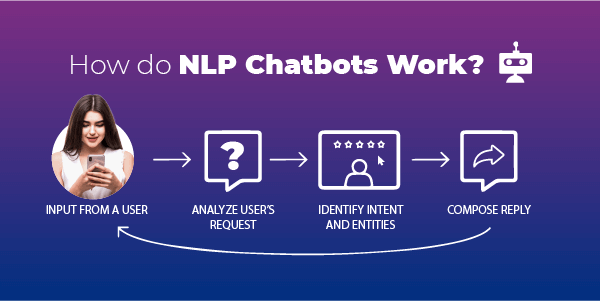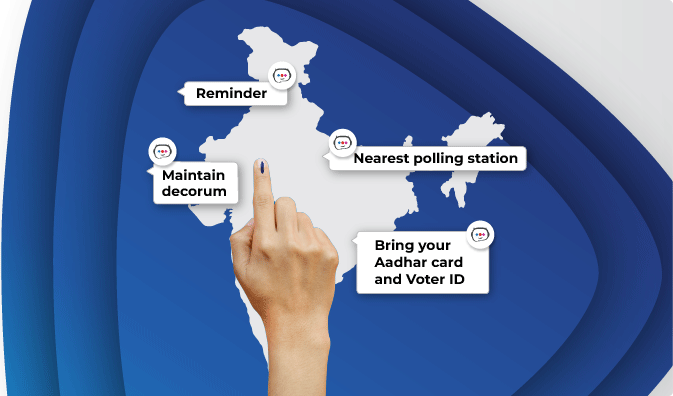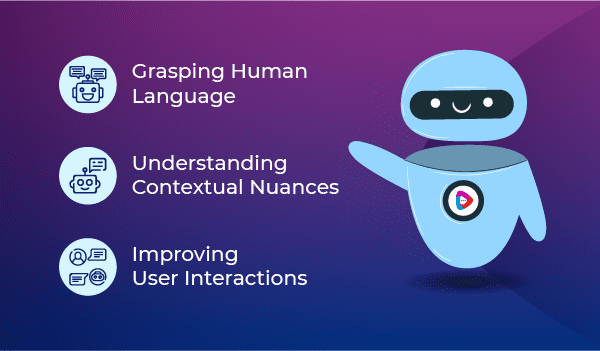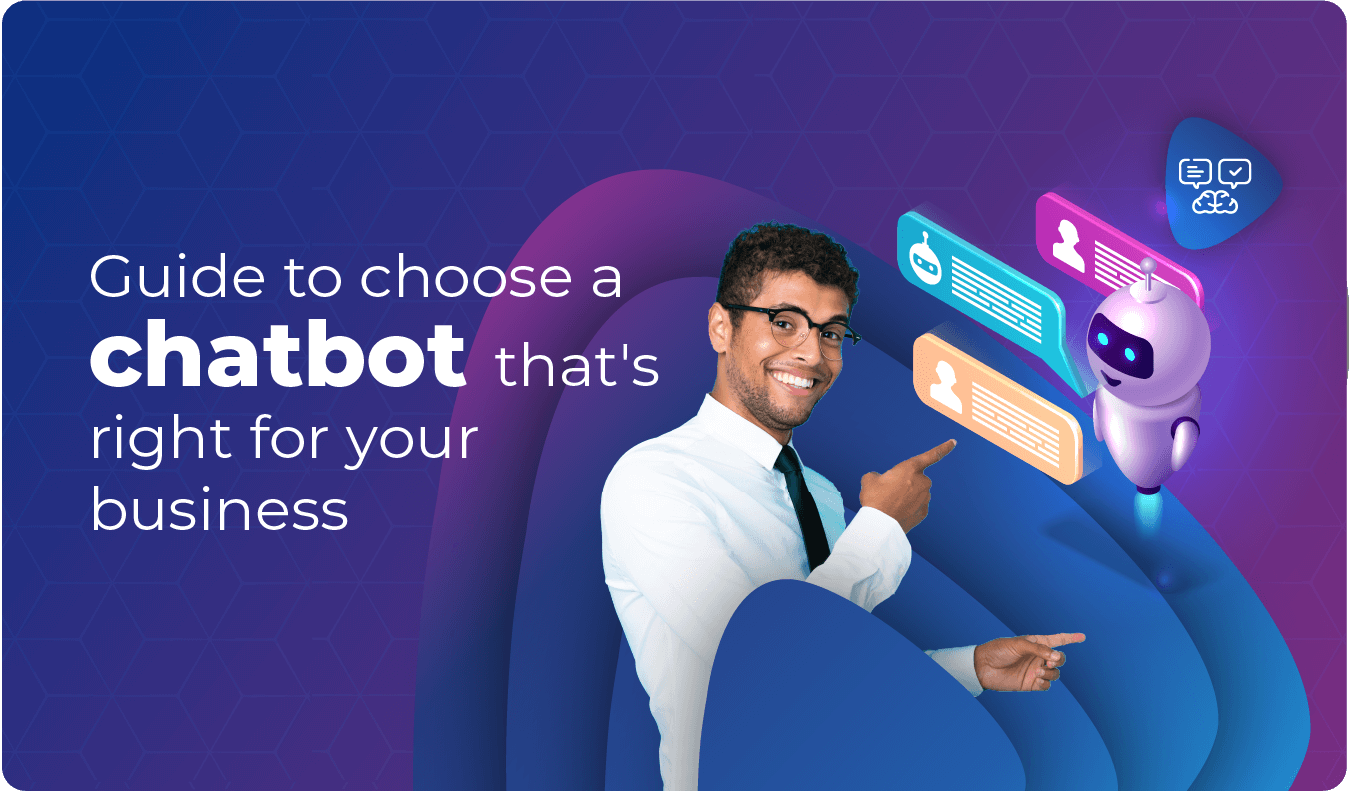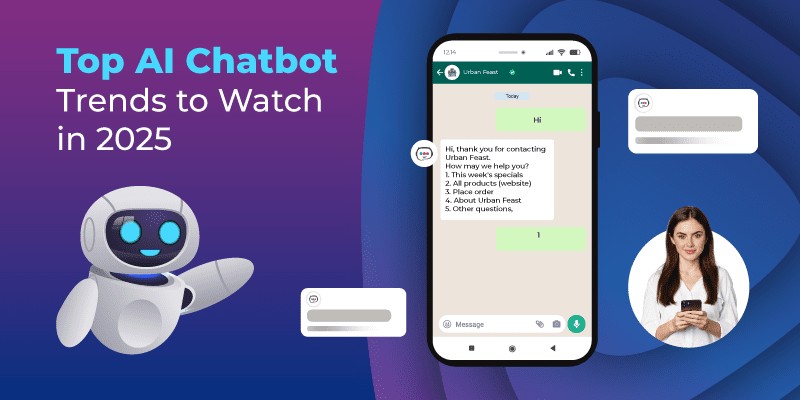In the ever-evolving landscape of technology, Natural Language Processing (NLP) chatbots have emerged as powerful tools, transforming the way we interact with machines. NLP, a subset of artificial intelligence (AI), focuses on the interaction between computers and humans using natural language. Chatbots, equipped with NLP capabilities, bring a human-like touch to conversations, making them more intuitive and user-friendly. This article delves into the intricacies of how NLP chatbots work and the underlying mechanisms that enable them to understand, interpret, and respond to human language.
Summary:

The Basics of Natural Language Processing
At its core, NLP involves the development of algorithms and models that enable machines to comprehend and generate human language. This complex process encompasses various tasks, including text parsing, sentiment analysis, language translation, and speech recognition. When applied to chatbots, NLP enables these digital assistants to understand user inputs, extract relevant information, and generate appropriate responses.


Traditional Chatbots:
Rule-Based Logic: Traditional chatbots operate on predefined rules and patterns. They follow a scripted approach and respond based on predetermined commands.
Limited Understanding: These chatbots have a limited understanding of user input. They may struggle with variations in language, context, or nuanced queries outside their predefined scope.
Structured Interactions: Conversations with traditional chatbots tend to be more structured, with users needing to follow a specific sequence of commands for effective communication.
Less Natural Interaction: Interaction with traditional chatbots may feel less natural as they lack the ability to comprehend and respond to the subtleties of human language.

NLP Chatbots:
Contextual Understanding: NLP chatbots leverage Natural Language Processing to understand and interpret user input in a more nuanced way. They can grasp context, intent, and sentiment for a more human-like interaction.
Adaptability: NLP chatbots are more adaptive and can handle a broader range of user inputs. They excel in understanding variations in language and can learn from user interactions to improve over time.
Dynamic Conversations: Conversations with NLP chatbots feel more dynamic and natural. Users can engage in more open-ended conversations, and the chatbot can provide relevant responses, even to complex queries.
Personalization: NLP chatbots can personalize interactions based on user preferences and historical data, offering a more tailored and user-centric experience.

Text Preprocessing: The journey of NLP chatbots begins with text preprocessing. Raw user input is transformed into a format that the machine can understand. This involves tasks such as tokenization, where the input is broken down into individual words or phrases, and stemming, which reduces words to their root form. This step ensures the chatbot can analyze and interpret the user’s language effectively.
Entity Recognition: Once the text is processed, the chatbot identifies entities within the user’s input. Entities are specific information the chatbot needs to extract for a meaningful conversation. For example, in a weather-related query, entities could include location, date, and time. Advanced NLP models use machine learning to improve entity recognition accuracy over time.
Intent Recognition: Understanding the user’s intent is crucial for delivering relevant responses. Intent recognition involves determining the purpose or goal behind the user’s input. Chatbots use trained models to categorize user queries into predefined intents, allowing them to respond appropriately. This step often involves machine learning algorithms that learn from a vast dataset of user interactions.
Context Management:To engage in meaningful conversations, chatbots must maintain context. Context management involves remembering the user’s previous inputs and responses, ensuring the chatbot can comprehend the ongoing conversation. This enables a more natural and coherent interaction, making users feel understood and valued.
Sentiment Analysis: Understanding the emotional tone of user inputs is essential for providing empathetic and contextually appropriate responses. Sentiment analysis, a component of NLP, allows chatbots to recognize whether a user’s statement is positive, negative, or neutral. This capability enhances the chatbot’s ability to tailor responses to the user’s emotional state.
Response Generation: Once the chatbot has identified entities, recognized intent, and analyzed sentiment, it generates a response. This step involves combining pre-programmed responses with dynamically generated content based on the specific context of the conversation. Advanced chatbots leverage machine learning to continuously improve response generation, adapting to user preferences and evolving language trends.

While NLP chatbots have made significant strides, several challenges persist in their development:
Ambiguity and Polysemy: Natural language is inherently ambiguous, with words often having multiple meanings. Polysemy, the coexistence of multiple meanings for a word, poses a challenge for chatbots in accurately interpreting user intent. Contextual clues and sophisticated algorithms are employed to mitigate this challenge.
Slang and Informal Language: Users often communicate using slang, informal language, or colloquial expressions. NLP chatbots must be trained to understand and respond to these variations, requiring extensive datasets that capture the diversity of language usage.
Handling Long and Complex Queries: Users may present complex queries or engage in lengthy conversations. Ensuring the chatbot can handle extended interactions while maintaining context is a persistent challenge in NLP development.
Continuous Learning: Language is dynamic, and new words, phrases, and expressions emerge over time. NLP chatbots must incorporate mechanisms for continuous learning to stay relevant and adapt to evolving language patterns.
Conclusion
NLP chatbots represent a remarkable intersection of artificial intelligence and human-computer interaction. Leveraging advanced algorithms, machine learning models, and linguistic analysis, these chatbots have become integral in various industries, from customer service to healthcare.
Understanding the mechanics of how NLP chatbots work provides insights into the complexities of natural language processing and the ongoing efforts to create more intelligent, responsive, and user-friendly conversational agents. As technology continues to advance, the future holds exciting possibilities for further enhancing the capabilities of NLP chatbots and their role in shaping the way we communicate with machines. Contact our experts and uncover the ideal opportunities for adopting conversational AI within your business communication strategy. You can also contact us via email at marketing@routemobile.com

